Annals of Environmental Science and Toxicology
Renewable energy consumption and Inclusive Growth: Evidence from 20 African countries
Asiedu Ampomah Benjamin*
Cite this as
Benjamin AA (2022) Renewable energy consumption and Inclusive Growth: Evidence from 20 African countries. Ann Environ Sci Toxicol 6(1): 097-104. DOI: 10.17352/aest.000060Copyright
© 2022 Benjamin AA. This is an open-access article distributed under the terms of the Creative Commons Attribution License, which permits unrestricted use, distribution, and reproduction in any medium, provided the original author and source are credited.In Africa, the need for energy is growing. When it comes to renewable energy resources in Africa zone, it is unequivocally needed. Many African countries are experiencing development therefore they are shifting to the use of renewable energy. In that view, this study aims to discover the potential impact of renewable energy consumption on inclusive growth in 20 African countries for a period covering 1997 To 2015. To tackle this estimation technique namely Pesaran’s (2007) [1] CD test, Pesaran’s (2015) [2] LM test and Breusch and Pagan’s (1980) [3] LM test, slope homogeneity test, Average Mean Group (AMG), Common Correlated Effects Mean Group (CCEMG) and pairwise granger were employed. Concentration on inclusive growth contributes greatly to the economy size and ensures employment opportunity creation for the society in a different segment, the result of the study indicates that renewable energy consumption significantly impacted inclusive growth in n the selected Africa Countries. Consequently, if countries like Africa prosper in switching to renewable energy, unbelievable gains could be captured in terms of inclusive growth.
Introduction
Renewable energy and economic growth had been a topic of discussion but details concerning it are nebulous. Renewable energy could also be referred to us as green energy. Renewable energy includes wind, solar, biomass, water geothermal, wave, and hydro. The usage of traditional energy such as natural gas and coal is minimized globally. The world shifted all minds to the usage of nonrenewable energy but we all have realized that renewable energy is the best for inclusive development. A significant element of inclusive growth is adequate, affordable, and appropriate access to renewable energy services to the economy. Renewable energy is a means to an end entirely. The final solution is what it has to provide to humans. Inclusive growth is not possible without renewable energy services. All services concerning renewable energy must be accessible to users worldwide. Nonetheless, the renewable energy system drives economic growth and provides quick service to households (Ampomah, 2020). To enlarge economic growth, clean energy must be of priority to all. When the world broadens the usage of clean energy all will come to realize that is virtually the best. The energy area is a great challenge to economic growth since fossil fuel activities are growing sharply worldwide. All observers consent that economic growth in the right direction is good in every diverse economy. But the world expectation now is looking for a way to ensure a carbon world free [4].
Building a sustainable sector requiring renewable energy is paramount in the African continent. The Africa Union has 2063 goals to ensure a prosperous Africa. This goal is aimed at inclusive growth in Africa. The Africa Union Agenda is somehow in line with the 2030 Agenda as well as the Paris Agreement. It has been observed that Europe is in a position to support the African 2063 agenda toward inclusive growth. Africa European Alliance for sustainable investment and jobs was launched in 2018. The 2063 agenda tackles fundamental challenges in Africa such as employment and inequalities. The energy landscape in Africa is a great investment opportunity for investors partnering with renewable generation technologies [5].
West African countries have a large renewable energy perspective to cover unmet demands and promote universal access to electricity while moving to a low-carbon growth path. In 2020 the authority of heads of state and Government of the economic community of West African state (ECOWAS) aimed to increase the share of renewable energy in the African region’s overall electricity mix to thirty-five percent and forty-eight percent by 2030. The West Africa Clean Energy corridor is supported by IRENE to address development issues, the WACEC will promote the development and integration of utility-scale renewable power into West African power systems [6].
Providing universal, affordable reliable renewable energy empowers African lives and triggers inclusive growth. Educating Africans on renewable energy will help African countries to decide the course of their lives. It has been observed Africa is not on track to provide universal renewable energy access in the coming decades Virtually, six hundred million Africans in Africa will still lack access to renewable energy by 2030 (report of the Africa-Europe High-level platform for sustainable energy investments in Africa). About eighty percent of Africans lack access to clean energy [7]. The sector remains stunted with almost nine hundred million people facing inadequacy. This has led to the untimely death of some Africans annually. Fossil fuel to a damaging environment we know very well that Africa is vulnerable when it comes to climate change. Vehemently these consequence is sending warning all sectors in the economy. The above background led to the study of renewable energy and inclusive growth in twenty African countries.
Brief literature review Table 1
A plethora of studies have been conducted in recent years on the correlation between renewable energy consumption and economic development. Most of the empirical research concentrated either on the economic growth of energy consumption or the study of causality between the two variables. The following four primary hypotheses are tested in the literature on the energy-economic development nexus: (a) growth hypothesis, (b) feedback hypothesis, (c) neutrality hypothesis, and (d) conservation hypothesis. When there is a unidirectional causality, the growth hypothesis dominates from the use of resources to economic development. This theory indicates that reducing energy consumption hampers economic growth and contributes to this by stimulating energy consumption. The view of feedback relates to the bi-directional causality between energy use and economic development. In this situation, at the same time, energy use and economic growth are calculated and influenced simultaneously. According to the theory of neutrality, there is no causality between the two factors, implying that energy policies do not impact economic development. The hypothesis of conservation suggests a unidirectional causality that runs from economic development to energy consumption.
This hypothesis indicates that energy efficiency policies do not negatively impact economic development. We present some of the studies that have tested these different theories in this section of the paper. Using panel data techniques, Apergis and Payne [17] presented proof of bidirectional causality between renewable energy use and short- and long-term economic growth for thirteen Eurasian countries. Furthermore, research on developed and developing countries by Apergis and Payne [18] found a long-term connection between the use of renewable energy and economic development. The authors find that an increase in renewable energy usage contributes to an increase in renewable energy consumption, using heterogeneous panel cointegration studies. A one percent rise in renewable energy usage in developing countries increases real GDP by a percent. Also, bidirectional causality exists between renewable energy and economic development in developed countries, but there are no mechanisms for causality in developing countries. The following explanations illustrate the disparity between renewable energy use on economic development in developed and developing countries. Several renewable energy policies were introduced in the first community of countries to encourage and enable renewable energy use. These policies played a major role in growing the development of the economy. Conversely, despite the intensive availability of renewable energies in the second group of countries, their usage rate remains limited. These findings illustrate the value and necessity of renewable energy sources. In developing countries, like African countries, it is used to foster economic development. The existence of a long-run relationship between renewable energy use and economic growth in Pakistan was concluded by Shahbaz, et al. [19]. His research also showed a bidirectional causal correlation between the use of renewable energy and economic development. Inglesi-Lotz [15] has shown that both the use of renewable energy and its share in the overall energy mix positively impact economic growth in OECD countries. In addition, in Nigeria, Maji [11] has reported that economic development is adversely affected by renewable energy (alternative and nuclear energy and electric power consumption). Fuel-based renewables, on the other hand, have a strong and essential effect on economic development. Bhattacharya, et al. [20] experimented with panel estimation methods in 38 countries and found that renewable energy has various economic development impacts. The effect is positive and substantial in some countries, while the impact is very negative. Renewable energy provides jobs for most countries with a positive impact. The negative impact is attributable to the energy situation in those countries where the share of renewable energy is poor in the overall energy supply. The study also found that renewable energy has little impact on economic development in countries such as Australia, Brazil, Belgium, Ireland, Sweden, Japan, Mexico, Slovenia, South Africa, Turkey, and Thailand. Kouton, (2020) examined with panel data method from 44 African countries and disclosed that renewable energy consumption positively impacted economic growth, especially in countries experiencing a low level of inclusive growth. To understand this outcome, the authors stated that they were not successfully using renewable energy sources for output in these countries. On that basis, we might argue that the successful use of renewable energy would contribute to economic growth. Few studies have shown the effect of renewable energy use on inclusive development in the literature review. This lacuna is the center of this study’s inspiration, and by trying to fill it, we contribute to the literature.
Data and methodology
This study utilized a panel of 20 African economies from 1997 to 2015 with data sourced from the World Bank development indicator (WDI) database, and the International Monetary Fund’s World Economic Outlook (WEO) databases. The choice of the period for the study is restricted to the availability of data. As Table 3 gives a summary of the description of the variables, figures 1-11 provides a trend of clean energy. Table seven (2) provides the African countries employed in the study. Further discussion of the variables of interest follows:
The equation below presents the model subject of our analysis, firstly in a functional form:
Yit=f (RENit, LABit, CAPit, INFLit) (1)
Secondly, the above equation in its natural logarithm form is expressed to ensure homoscedasticity of the coefficients representing the elasticity of the relationships under investigation.
∂yit=∆+∩yit-1 +β1RENit+ β2 CAPit+ β3 LABit+ β4INFLit+µi+ßit (2)
Where µi represents country-specific effect, i and t signify the cross-sectional and time units of the study (1997 – 2015) as mentioned earlier, whereas ß captures the error term. Please refer to Table 3 for the explanation of other variables as presented earlier.
Besides the preliminary investigations, the cross-sectional dependency will be carried out utilizing three estimation techniques namely Pesaran [1] CD test, Pesaran [2] LM test, and Breusch and Pagan [3] LM test as well as the slope homogeneity test and the outcome will inform an appropriate panel unit root test. The panel cointegration test proposed by Westerlund [21] will be adapted to validate long-run relationships among the variables. The uniqueness of this test is the ability to accommodate cross-section unit-specific trend and slope parameters as well as the cross-section unit-specific short-run dynamics. Table 7 presents an estimation of the long-run coefficient and relationship using the Average Mean Group (AMG) by Eberhardt and Bond [22], the Common Correlated Effects Mean Group (CCEMG), and Driscoll-Kraay [23] as proposed by Pesaran [24] and extended by Kapetanios, et al. [25]. These models have the unique ability to accommodate cross-sectional dependence and slope heterogeneity. They maintain a distinct path by how common correlated effects are treated. Whereas the CCEMG treats the effect of the parameters, the case is different for AMG because these effects signify a dynamic process that is common, and subtracting it from the dependent variable allows it to be accounted for. Finally, the pairwise granger causality test was adopted to determine the direction of causality for policy implications.
Empirical result and discussion
The authors started the investigations by doing cross-section dependency as well as delta analyses. From the findings (Table 4), the null assumption of no cross-section dependency is firmly agreed upon for the template, thus, the presence of cross-section dependency in the model is not obtained. Furthermore, the null assumption of slope homogeneity by the delta analysis is dismissed at a 1 % level of significance, indicating the existence of slope heterogeneity Tables 4-7.
Table 4 reports the second-generation panel unit-root test designed to account for the degree of integration in the variables under consideration. The cross-sectional augmented IPS (CIPS) panel unit root test as proposed by Pesaran [1] does not necessarily require the estimation of factor loading to eliminate cross-sectional dependence rather augmenting it to include the lagged cross-sectional mean and its first difference is necessary and sufficient to capture the cross-sectional dependence that arises through a single-factor model. We observe from Table 5 that all of the variables in both methods of the unit root test are significant at the first difference of 1%. The results reported in Table 5 support the presence of unit roots in all the variables listed under review.
Table 6 reports the error-correction-based panel cointegration tests as proposed by Westerlund [21]. Westerlund cointegration test is a robust cointegration procedure that accounts for cross-sectional dependence with four normally distributed tests namely, Gτ, Gα, Pτ, and Pα. The assumption of unit-specific error correction parameters is the basis upon which the first two tests are premised, as such they are mean-group tests, while the latter tests are premeditated on the assumption of common error-correction parameters across cross-section units. These tests account for cross-section unit-specific trend and slope parameters as well as the cross-section unit-specific short-run dynamics. The results obtained from Westerlund’s test are robust and consistent. All the test results confirm the panel cointegration at 1% and 5% levels of significance. This evidence supports the presence of a long-run relationship between renewable energy, labor force, physical capital, and inflation across the twenty (20) African economies. Hence, the effect of renewable energy on inclusive growth for 20 African economies over the period 1997 to 2015.
Moreover, from all the estimations, it was observed that renewable energy had a positive effect on inclusive development in Africa. Subsequence, a percentage change in the number of renewable energy will rise inclusive growth whereas a percentage change in physical Capital, inflation, GDP, and labor force will increase inclusive growth which the outcomes affirms the result of Apergis and Payne [26] Moreover, the degree of renewable energy usage could be decided by more significant inclusive growth in our case.
Furthermore, the result from all the observed tables again proves that renewable energy intake proves a positive and significant impact on inclusive growth. The result shows that a percentage change in physical capital increases inclusive growth and affirms the findings of Apergis and Payne [18], Apergis and Payne [26], Vural [8], and Kouton (2020). The inflation may be due to the distribution and reliance on renewable energy demand around the surveyed countries. Per the WDI (2019), the average portion of renewable energy in the energy mix of the surveyed nations was 67.93 percent, whereas the share of labor force usage was averaged at 32.07 percent in the overall renewable energy usage. Thus further, the dominance of renewable energy usage with little to no renewable contribution is an aspect of the main obstacles to inclusive growth in the 20 African countries. Consequently, an aspect of the key strategy ramifications as well as consideration of the ways of increasing renewable energy consumption and decreasing inflation, labor force, and physical capita hinder economic growth within the surveyed countries. Labour force positively impacted inclusive growth in all three estimation techniques, affirming the findings by Charffedine and Kahia [9]; Kouton (2020), and Rahman, et al. (2020). The decreasing impact of the labor force can be due to the more successful introduction of renewable energy and inflation strategies in large cities relative to the rural sectors. It is stated that African countries have more benefits to better learning which leads to increasing knowledge on renewable energy usage and the need for deep inclusive growth [9,15]. The increased prevalence of the labor force will force the stakeholders to take steps for expanding healthier practices, hence, systemic change of inclusive growth will avail [27-33].
Conclusion
The study explored renewable energy and inclusive growth in this paper. The study focuses on twenty African countries. Second-generation estimation was employed. The CIPS, AMG, and CCEMG estimations were done. Interestingly, the outcome of the study reiterated the findings of extant researchers by revealing that renewable energy increases economic growth. Renewable energy consumption is found in African countries’ low carbon-free environments drastically. Activities toward renewable energy reduction increase employment and improve the standard of living.
Policy implication(s)
Below are measures that could be put in place by policymakers in the fight to increase renewable energy consumption in achieving inclusive growth.
Based on the conclusion we suggest that a new source of energy must be deployed in the global revolution toward industry. It has been observed that if strict action is not taken energy-related carbon dioxide would increase by 2040. Since we all know that renewable energy is an innovative path to change toward a low-carbon world. Renewable energy is good but the transition to the such area requires the world’s strength but not an individual country. We have noticed that energy transition policies vary from country to country even though the environment differs. All must recognize that energy transition needs consistent policies.
Funds must be available always to back the transition into a low-carbon world. All countries must deduct funds from workers’ proceeds worldwide. Countries that refused to go by the idea of the fight for a low-carbon world must be charged for unborn children to feel their bad decisions. Moreover, a renewable energy-related single cryptocurrency must be made. An attempt to embark on cloud funding the world could gather more funds. The such energy-related currency could give many people employment since it is a new go area. The special aim of such energy-related currency special aim could be seeking funds to reduce carbon dioxide globally not in Africa alone.
Businesses and projects well scrutinized and known to be made to reduce carbon dioxide could be encouraged. Tax-free policies toward such businesses and projects should be in place. Speeding up such policies could save the environment to some great extent. Focusing much on ensuring free tax policies brings more jobs since many will want to go into such businesses and projects at the same time a low carbon-free world will avail by 2060.
A lot of initiatives could be emulated by countries. This initiative met the need of the people in such countries. The TERI started lighting billions live campaign in India with two aims. One of their twin objectives was to bring solar lanterns and charging stations to rural households that are poor and have no access to electricity. The project succeeded in displacing paraffin lanterns and kerosene. Better solar lighting devices were provided which ensured good illumination and smoke-free environments. African countries could emulate the Energy and resource institute initiative in India. Such initiatives could be cut and pasted for countries like Africa to succeed in minimizing carbon dioxide emissions.
The leading producers of solar are Japan and Germany and Japan invest massively in solar research. This vision was underpinned by their domestic industries. These industries publicly supported the buying of expensive PV electricity to help the vision. Which continent is sunnier than Africa? But we are doing nothing to curb carbon dioxide emissions amidst the scorching sun every day everywhere. One will argue that we cannot be compared to such countries’ fine, no problem assertion accepted. All that we want to policy maker in Africa to capture is that there are special features that require a successful energy transition. In Africa policies concerning renewable must have a long-term commitment, shared public-private vision, public support, and specialization that ensure clustering of knowledge and in political and social contexts strategies must reflect that enough.
Declaration
Author’s contributions: BAA wrote the introduction section, and the methodology, and analyzed and interpreted the data regarding renewable energy and inclusive growth. All authors’(s) read and approved the final manuscript
Availability of data and materials: The data used and/ or analyzed during the current study are available from the corresponding author on reasonable request.
- Pesaran MH. A simple panel unit root test in the presence of cross‐section dependence. Journal of applied econometrics. 2007; 22(2): 265-312.
- Pesaran MH. Time series and panel data econometrics. Oxford University Press. 2015.
- Breusch TS, Pagan AR. The Lagrange multiplier test and its applications to model specification in econometrics. The review of economic studies. 1980; 47(1): 239-253.
- Bukari D, Kemausuor F, Quansah DA, Adaramola MS. Towards accelerating the deployment of decentralized renewable energy mini-grids in Ghana: Review and analysis of barriers. Renewable and Sustainable Energy Reviews. 2021; 135: 110408.
- Wang Z, Bui Q, Zhang B, Nawarathna CLK, Mombeuil C. The nexus between renewable energy consumption and human development in BRICS countries: The moderating role of public debt. Renewable Energy. 2021; 165: 381-390.
- Alemzero DA, Sun H, Mohsin M, Iqbal N, Nadeem M, Vo XV. Assessing energy security in Africa based on multi-dimensional approach of principal composite analysis. Environ Sci Pollut Res Int. 2021 Jan;28(2):2158-2171. doi: 10.1007/s11356-020-10554-0. Epub 2020 Sep 1. PMID: 32875450.
- Price R. The linkages between population change and climate change in Africa. 2020.
- Vural G. Renewable and non-renewable energy-growth nexus: a panel data application for the selected Sub-Saharan African countries. Resources Policy. 2020; 65: 101568.
- Charfeddine L, Kahia M. Impact of renewable energy consumption and financial development on CO2 emissions and economic growth in the MENA region: A panel vector autoregressive (PVAR) analysis. Renewable energy. 2019; 139: 198-213.
- Ozcan B, Ozturk I. Renewable energy consumption-economic growth nexus in emerging countries: A bootstrap panel causality test. Renewable and Sustainable Energy Reviews. 2019; 104: 30-37.
- Maji IK, Sulaiman C, Abdul-Rahim AS. Renewable energy consumption and economic growth nexus: A fresh evidence from West Africa. Energy Reports. 2019; 5: 384-392.
- Aydin M. Renewable and non-renewable electricity consumption–economic growth nexus: evidence from OECD countries. Renewable energy. 2019; 136: 599-606.
- Bhat JA. Renewable and non-renewable energy consumption-impact on economic growth and CO2 emissions in five emerging market economies. Environ Sci Pollut Res Int. 2018 Dec;25(35):35515-35530. doi: 10.1007/s11356-018-3523-8. Epub 2018 Oct 22. PMID: 30350148.
- Kahia M, Aïssa MSB, Lanouar C. Renewable and non-renewable energy use-economic growth nexus: The case of MENA Net Oil Importing Countries. Renewable and Sustainable Energy Reviews. 2017; 71: 127-140.
- Inglesi-Lotz R. The impact of renewable energy consumption to economic growth: A panel data application. Energy economics. 2016; 53: 58-63.
- Omri A, Mabrouk NB, Sassi-Tmar A. Modeling the causal linkages between nuclear energy, renewable energy, and economic growth in developed and developing countries. Renewable and Sustainable Energy Reviews. 2015; 42: 1012-1022.
- Apergis N, Payne JE. Renewable energy consumption and growth in Eurasia. Energy Econ. 2010; 32:1392–1397.
- Apergis N, Payne JE. On the causal dynamics between renewable and non-renewable energy consumption and economic growth in developed and developing countries. Energy Systems. 2011; 2(3): 299-312.
- Shahbaz M, Loganathan N, Zeshan M, Zaman K. Does renewable energy consumption add to economic growth? An application of the auto-regressive distributed lag model in Pakistan. Renewable and Sustainable Energy Reviews. 2015; 44: 576-585.
- Bhattacharya M, Paramati SR, Ozturk I, Bhattacharya S. The effect of renewable energy consumption on economic growth: Evidence from top 38 countries. Applied Energy. 2016; 162: 733-741.
- Westerlund J. Testing for error correction in panel data. Oxford Bulletin of Economics and Statistics. 2007; 69(6): 709-748.
- Eberhardt M, Bond S. Cross-section dependence in nonstationary panel models: a novel estimator. 2009.
- Driscoll JC, Kraay AC. Consistent covariance matrix estimation with spatially dependent panel data. Review of economics and statistics. 1998; 80(4): 549-560.
- Pesaran MH. Estimation and inference in large heterogeneous panels with a multifactor error structure. Econometrica. 2006; 74(4): 967-1012.
- Kapetanios G, Pesaran MH, Yamagata T. Panels with non-stationary multifactor error structures. Journal of Econometrics. 2011; 160(2): 326-348.
- Apergis N, Payne JE. Renewable and non-renewable energy consumption-growth nexus: Evidence from a panel error correction model. Energy economics. 2012; 34(3): 733-738.
- AfDB. African Economic Outlook. 2019; 214.
- African Union Commission. Africa's Development Dynamics 2018 Growth, Jobs and Inequalities: Growth, Jobs, and Inequalities. OECD Publishing. 2018.
- Beegle K, Christiaensen L. Accelerating poverty reduction in Africa. World Bank Publications. 2019.
- Ozturk I. A literature survey on energy–growth nexus. Energy policy. 2010; 38(1): 340-349.
- Rauniyar G, Kanbur R. Inclusive growth and inclusive development: a review and synthesis of Asian Development Bank literature. Journal of the Asia Pacific Economy. 2010; 15(4): 455-469.
- Schwerhoff G, Sy M. Financing renewable energy in Africa–Key challenge of the sustainable development goals. Renewable and Sustainable Energy Reviews. 2017; 75: 393-401.
- Sweerts B, Dalla Longa F, van der Zwaan B. Financial de-risking to unlock Africa's renewable energy potential. Renewable and Sustainable Energy Reviews. 2019; 102: 75-82.
Article Alerts
Subscribe to our articles alerts and stay tuned.
 This work is licensed under a Creative Commons Attribution 4.0 International License.
This work is licensed under a Creative Commons Attribution 4.0 International License.
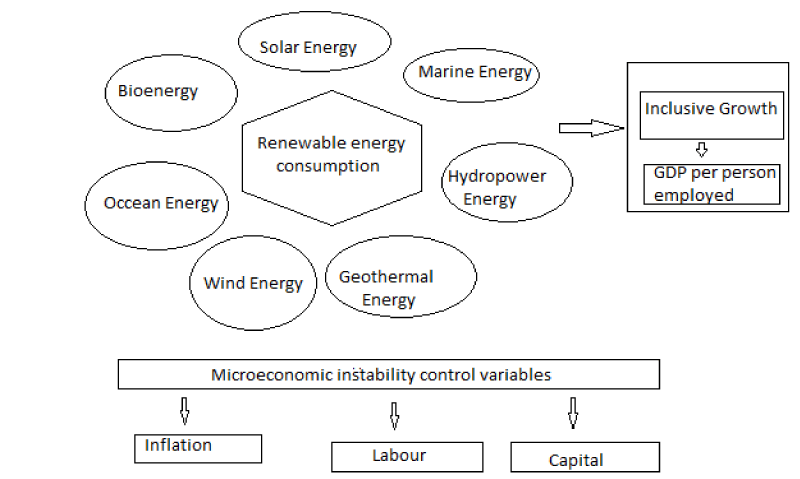
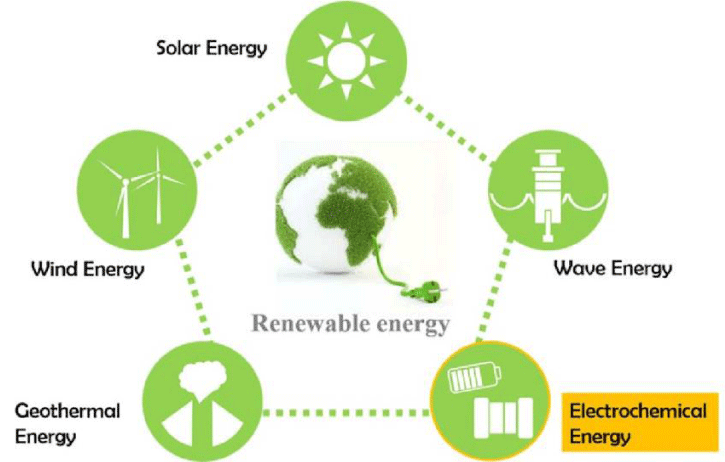

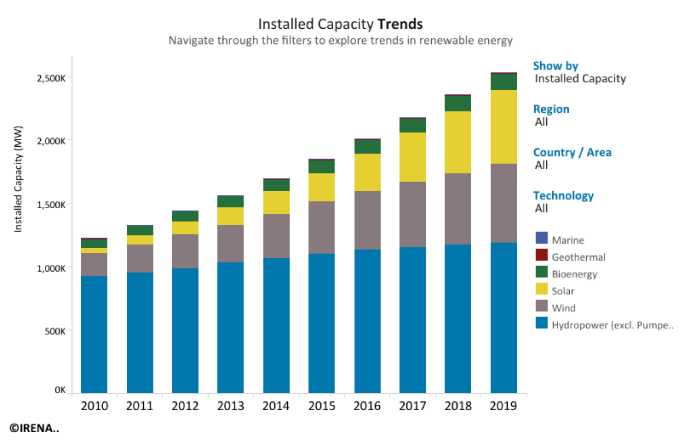
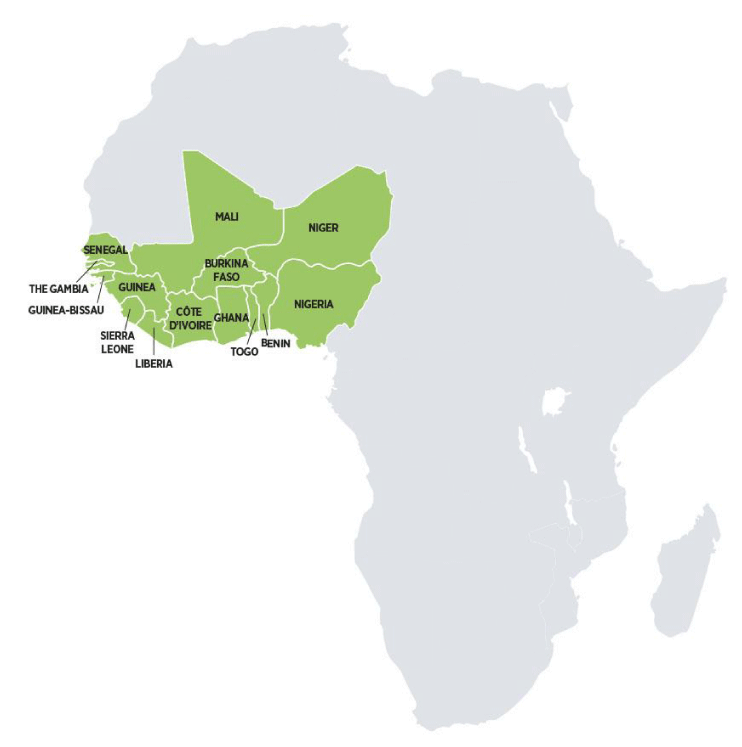
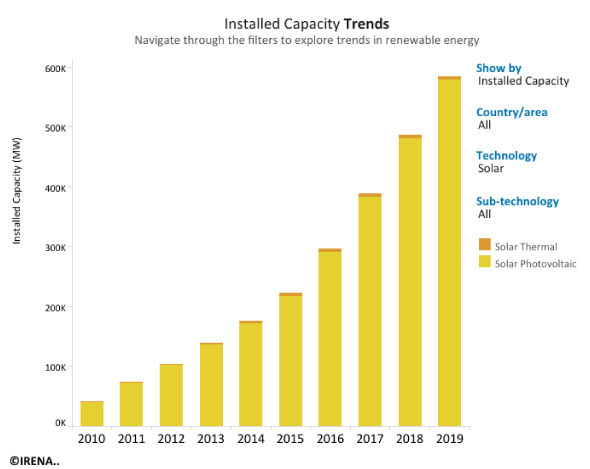

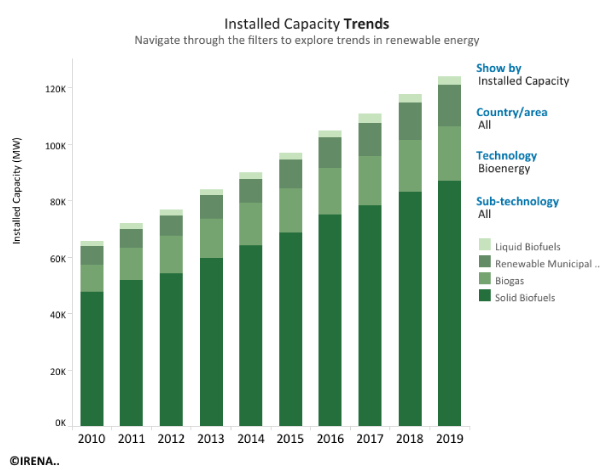
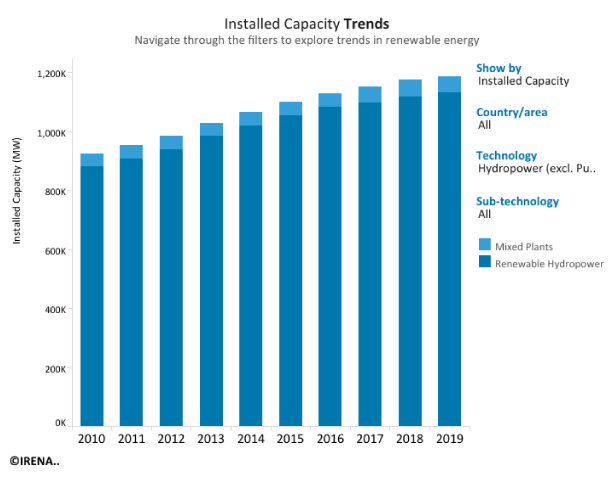
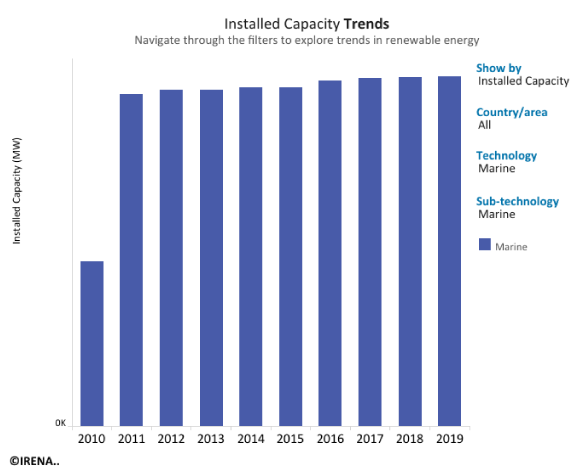
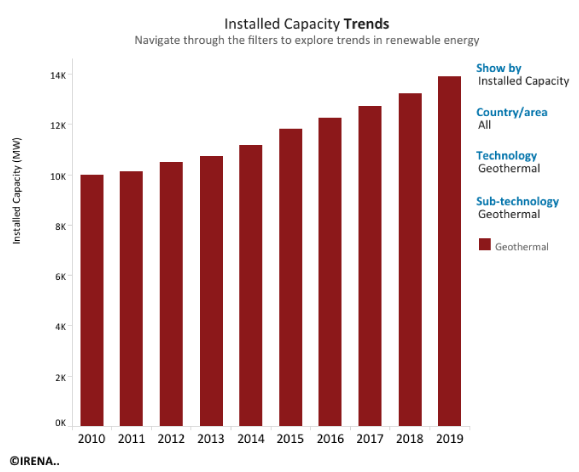


 Save to Mendeley
Save to Mendeley
